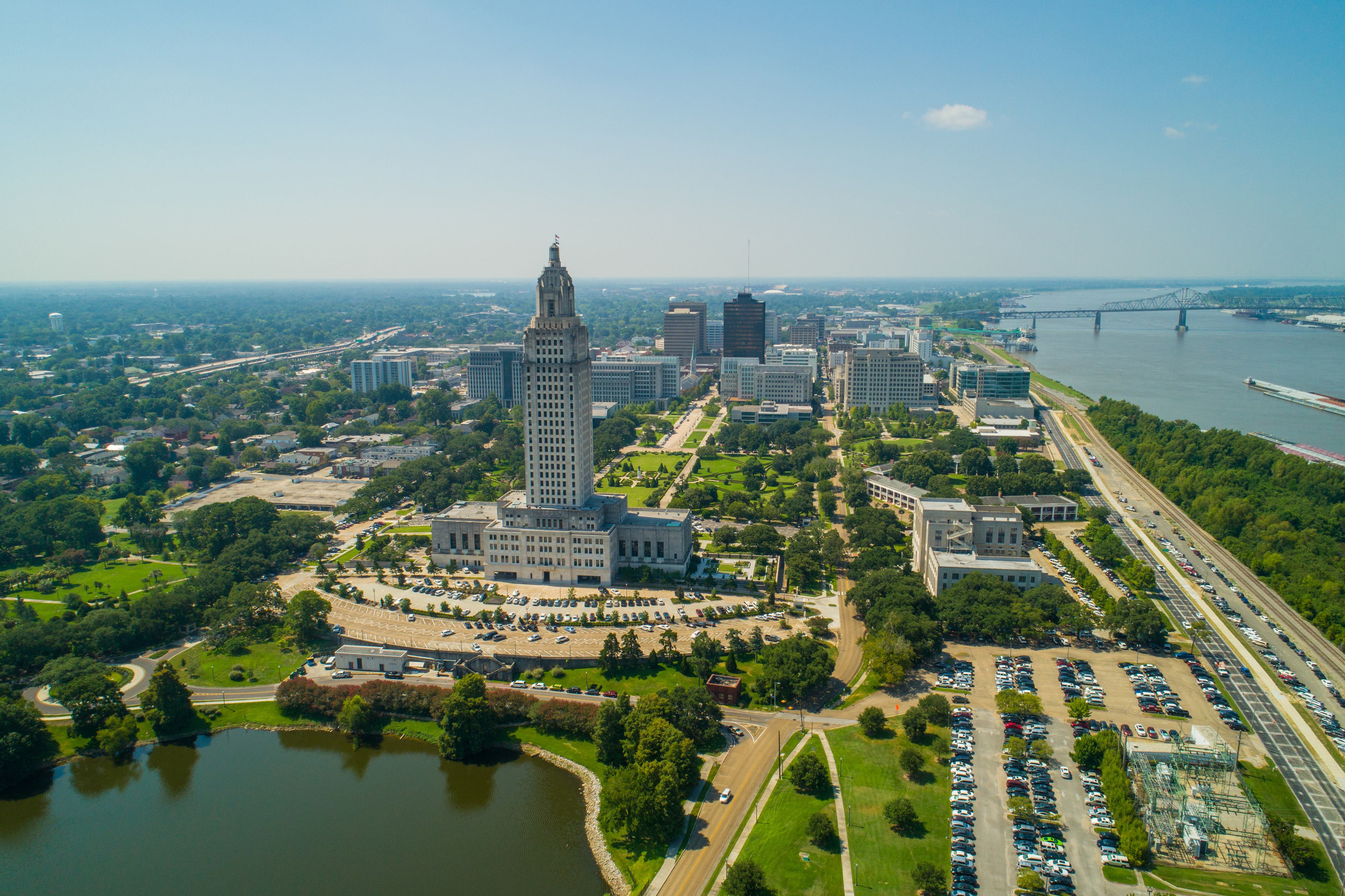Overview
The Office of Broadband Development and Connectivity (ConnectLA) serves as the primary broadband resource for the state of Louisiana. Housed within the Louisiana Division of Administration, ConnectLA strives to eliminate the digital divide in Louisiana by 2028.
Louisiana is the national leader in broadband expansion as the first in the country to receive broadband funds from the Infrastructure Investment & Jobs Act, and the first in the country to receive broadband funds from the American Rescue Plan.

Quick Facts
of primarily rural Louisiana communities expected to gain better, more reliable broadband access
$2-3B in new revenue
generated for companies through broadband investments
$1B+ increase in GDP
driven by broadband deployment over the next four years
8-10K new jobs
created over the next four years to grow Louisiana’s broadband economy
Our Mission
ConnectLA’s mission is to coordinate federal, state, and municipal efforts in identifying best practices and tactics necessary to eliminate the digital divide. Our success is driven by the combined efforts of diverse community members including business owners, healthcare workers, farmers, first responders, and everyone in between. Together, we are empowered to stamp out the digital divide in our communities as soon as possible.

Featured In
and other leading telecom publications.